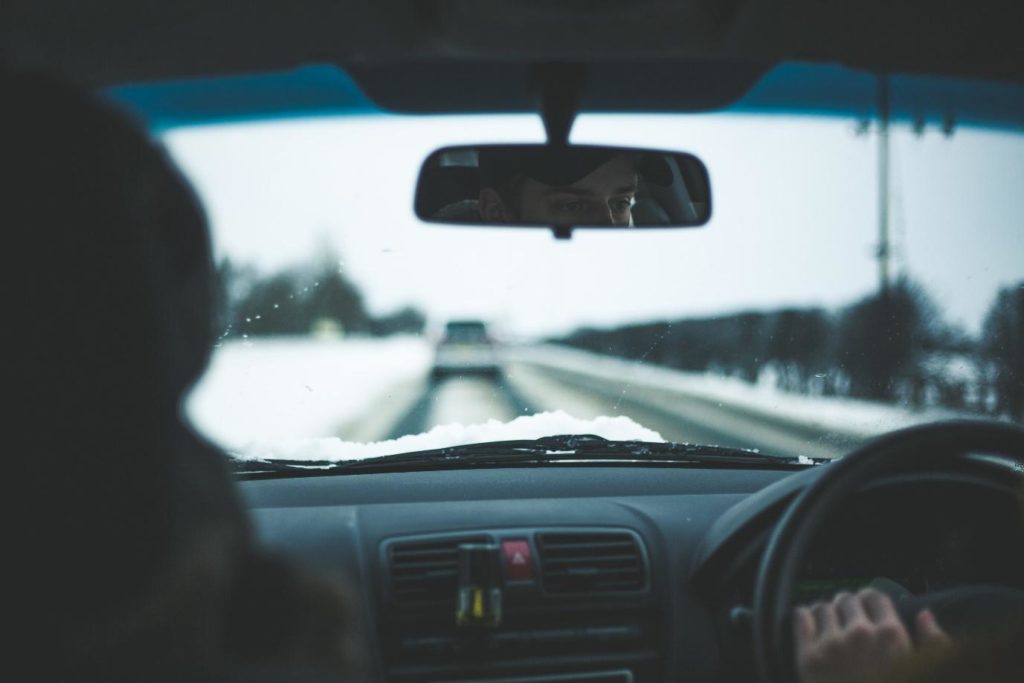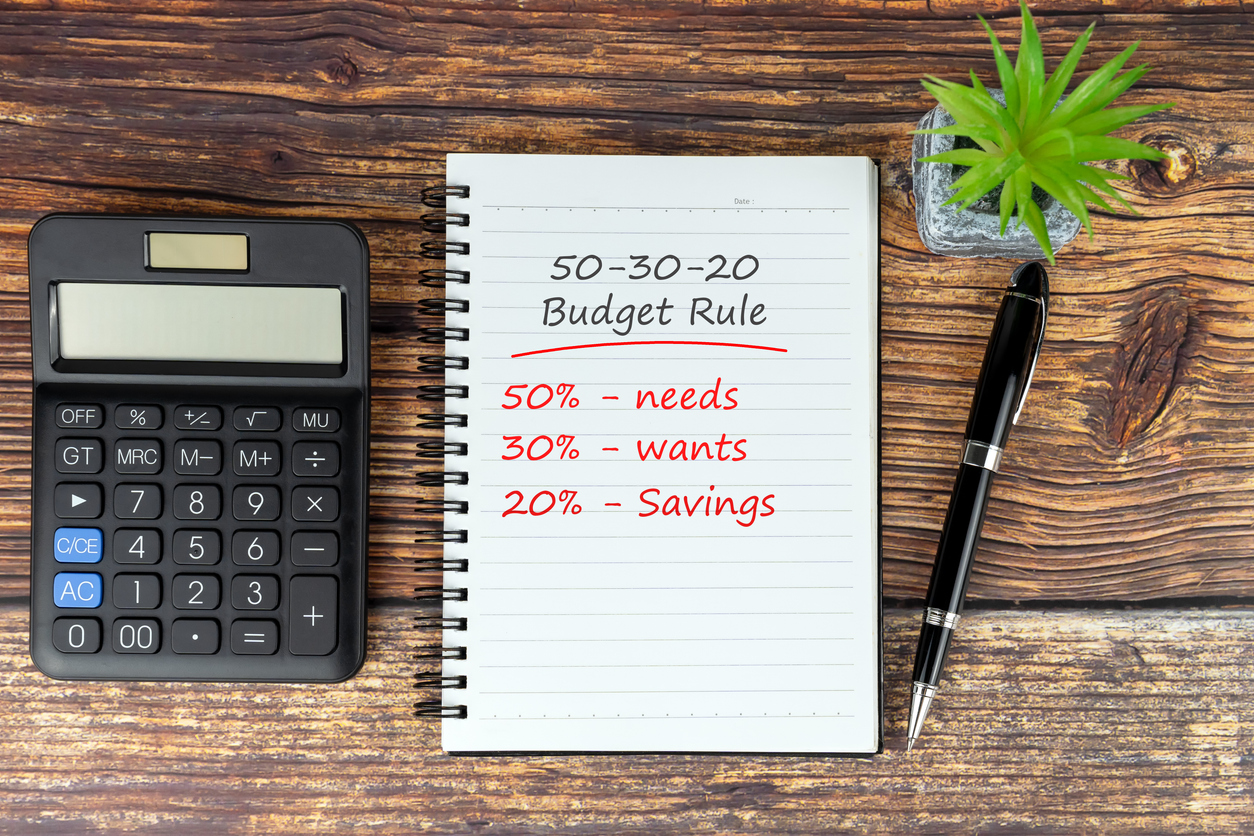Winter roads can bring a variety of challenges to even the most experienced drivers. Here, Mark Barclay from GSF Car Parts shares his top driving tips to help you keep you safe while on the roads this winter.
Essential Driving Tips To Keep You Safe In Winter
Sustainable Living | 4th January 2020 by Mark Barclay

Winter brings a whole host of unpredictable weather. Snow, ice, wind and rain can all cause a serious hazard when out on the roads. Accidents generally increase by around 20% during the winter months, according to car insurance company Insure the Box. If you’re new to driving, hazardous conditions may be unfamiliar to you and can be difficult to navigate. But, experienced drivers also need to take extreme care on winter roads.
Below, I’ll be going through my top driving tips to help you keep you and your passengers safe this winter while on the roads.
5 Essential Driving Tips To Keep You Safe On The Roads This Winter
1 Check your insurance policy
2 Perform any initial checks
Before setting off on any winter car journey, it’s important to first check the weather forecast. If extreme weather is expected to make driving difficult, I’d suggest staying at home and postponing your journey if you can. However, if the weather will only be slight or you can’t reschedule, try to stick to main roads more likely to be clear and safe. You should then prepare your car to keep it working properly in the snow, ice or rain. Carry out the following checks before embarking on a car journey.
- Walk around your car and check your tyres are firm and fully inflated. They should have a tread of at least 3mm, as this can help you navigate slippery surfaces better.
- If there has been heavy snowfall, make sure all windows, mirrors, headlights, rear lights and brake lights are wiped clear of any snow.
- The roof should also be completely clear of snow. Not only can a snow-covered roof invalidate your insurance, but it can be a safety hazard if you have to brake suddenly and the snow falls onto your windscreen.
- You should also check that all lights are working properly, as they are essential to you staying visible to other drivers in adverse weather.
- Before a particularly long journey, make sure you have at least half a tank of petrol and engine oil levels are full before setting off on your journey.
- Under the bonnet, you should also check your engine’s coolant level. If it’s below the minimum mark, you’ll need to top it up with a pre-mixed antifreeze/coolant solution. This will help protect your engine from damage that can occur in sub-zero temperatures.
- Again, before a long journey, don’t forget to let someone know about your driving plans before you set off, especially if you’re travelling alone! – Let someone know your destination, route and estimated arrival.
3 Drive carefully
During winter, snow, frost, ice or rain can make roads slippery, so you’ll need to adjust your driving to help stay safe and in control. Driving at a slower speed can give you more time to react to any hazards on the roads, so try to accelerate and decelerate slowly to reduce the likelihood of skidding. Try not to brake suddenly, especially in very icy conditions, as this could cause skidding on the road.
It’s also important to remember that slippery surfaces will increase your braking distance. So, in turn, you should adjust your following distance to at least five or six seconds depending on the road conditions. This will give you enough space to come to a complete stop. Plus, if you do skid, you will have time to correct it.
Sometimes, no matter how cautious you are, you can still lose control on winter roads – especially if there is black ice, which is particularly hard to spot. If you do start to skid, your initial reaction might be to steer in the opposite direction, but this can cause losing control of the car. Instead, keep calm, slow down and steer into the movement to correct it.
In cold weather, you’ll want the heating on in your car to keep warm and toasty. But it’s important it’s not so hot that it starts to make you feel drowsy. This could mean you to be less alert, which can put you and other drivers at risk.
4 Stay visible
5 Take along an emergency kit
To fully prepare for any event, it can help to keep an emergency kit in your car. This should include a blanket, torch, spare food and water. In winter, the sun can sit low in the sky, which can obscure your vision and add an extra safety hazard. To help, always keep a spare pair of sunglasses in your car in an easy-to-reach place.
When there is very heavy snow, you may need to carry tyre chains or socks to help you gain more traction on snowy roads. It also can be helpful to pack a shovel in case you get stuck in a snowdrift and need to dig yourself out.
Carrying a high visibility jacket is also a good idea, so you can be visible at times when you need to pull over at the side of the road. But remember, your car can provide you with temporary shelter from the elements, so only get out and walk if absolutely necessary.
Whether you’re commuting to work or travelling to meet family for Christmas, we hope the tips in this guide will help you stay safe while out on the roads this winter.
Share this post:
Hear from Solo Living now and then by signing up to our mailing list


















